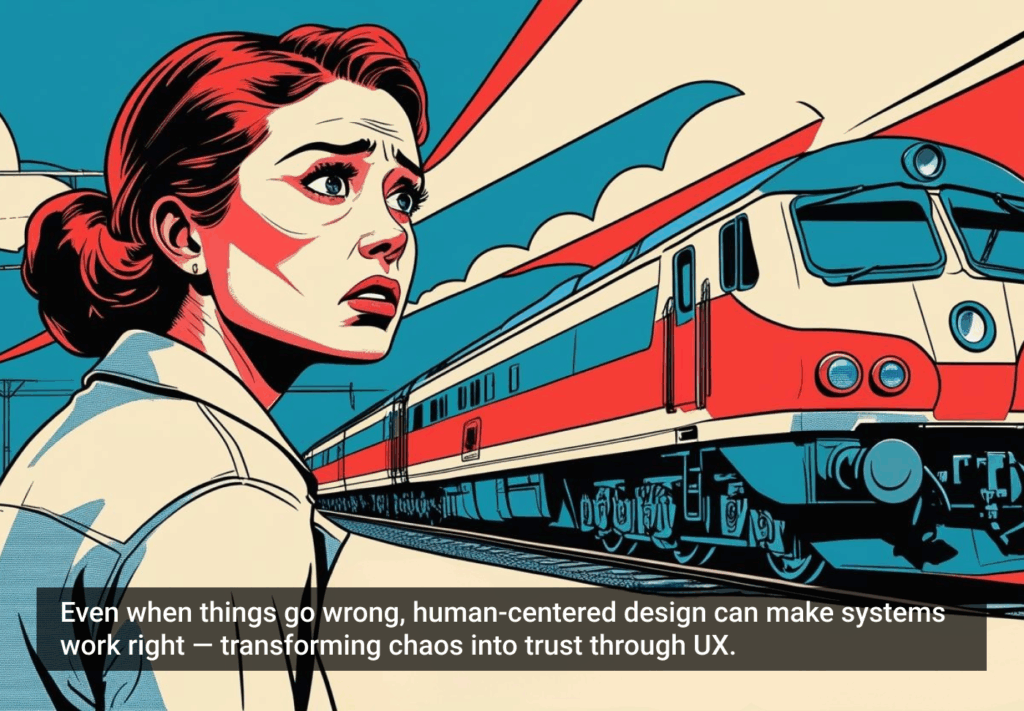After some convincing, my wife finally swayed me over in purchasing a smart fridge for our kitchen renovation. Being a techie, I was excited in the fact my non-technical wife wanted a smart fridge in the first place, but the frugal lord in me did not want to pay the price tag. But as the saying goes…happy wife, happy life.
I have this love/hate relationship with our Samsung Smart refrigerator.
I love it because it is practical and does what it is supposed to — keep my food perfectly fresh, delivers quality filtered water, and produces the most symmetric ice cubes known to mankind.
I hate my refrigerator because the feature I reluctantly paid a hefty premium for, it’s smart functionality with built in AI (Bixby), most of the time doesn’t understand a damn thing I am saying when I attempt to interact with it.
Bixby, what is on my calendar today?
Good morning. The weather in Hanover today is 46 degrees with light rain.
It could be my upbringing in Kansas City and the dialect us from the east side of the town tend to carry which comprises of one-part northern region over enunciation and one-part southern elongation of words — creating a speech tone that is more reminiscent of Bay Area rappers versus Midwestern town folk.
Perhaps the issue is a result of my male voice having lower frequencies which the products microphone cannot accurately pick up. I’m no Barry White or James Earl Jones, but I do know some microphones lack in dynamic range in lower frequencies which lead to frequency drop off when it receives the signal which in this case the signal being the human voice.
But it’s not my east side Kansas City accent or a weak microphone. My frustration is result of a lack of inclusion, cultural competency, and empathetic development.
While preparing dinner one evening, jokingly, I changed my voice when I interacted with Bixby. I raised my pitch a little, spoke with a lot of diction, and added a nasal tone. In other words, I put on my “white man voice” — something that most people of color, especially those of us in America, know how to turn off and on.
Long behold…Bixby’s ass knew what I was saying!
All my questions were answered with accuracy, there were no delays, and she even sounded happier, at least that is how I heard her.
My natural tone, pitch, and dialect was not good enough for Bixby — but my poorly produced “white man voice” was.
WTF!!!????
While Bixby understands my wife a little better, she too has issues at times interacting with the AI. So, in a non-scientific manner, I had my wife give it a try — she put her “white women voice” on. The results were nothing short of amazing— her and Bixby had the best conversation ever!
Conversational AI refers to the use of messaging apps, speech-based assistants and chatbots to automate communication and create personalized customer experiences at scale.
But what kind of experience am I to expect when the technology does not recognize me? It is a poor user experience when the only way my AI assistant fully engages with me is when I intentionally “sound white.”
Imagine people who have a foreign accent, speech impediment, elderly, or from a very rural area. What about a native to New Jersey or Boston?
Cultural competence is the ability to understand, communicate with and effectively interact with people across cultures.
While traditionally this is something intended for human interaction, I believe as technology continues to advance, especially AI, and specifically conversational AI — it is imperative these technologies are culturally competent as well.
The technology exists to create more inclusive experiences and engagements, but is there enough effort by the developers to bring that inclusiveness to the platform(s)?
The lack of cultural competence in conversational AI is a direct correlation to the inherent bias within it’s development. Simply put, conversational AI is as biased as the humans that create it.
Artificial Intelligence is taught by learning from millions of sample data, yet the problem we are facing results from the fact sample data sets are largely skewed toward whiteness. The data repositories are not inclusive in their collection and as a result the development cycle starts with bias.
Culture is the characteristics and knowledge of a particular group of people, encompassing language, religion, cuisine, social habits, music and arts. Part of cultural influence is dependent on the region in which a person lives. The understanding of the varying sub-cultures within a culture is crucial as well. This understanding prevents placing a broad-stroke view of people and takes into account the subtle nuances that may exist.
Cultural competency allows the opportunity to enhance the conversational AI movement in unprecedented ways. Leveraging culture fosters a stronger since of belonging and inclusion. This belonging and inclusion has the potential to be profited from by product manufactures if they cared more about it and thought in terms of culturally inclusive innovation solutions.
For example, imagine a smart refrigerator with built in AI that was intelligent enough to pick up on a person’s accent. Through it’s learning and understanding of cultural competence, the refrigerator would recommend meals that are within or closely associated to cuisines from that persons region, ethnicity, or overall culture.
Instead of a device sounding like a middle-age British women preparing for her afternoon tea or Tony Starks’ Jarvis, the device was developed with a voice library that consisted of male and female counterparts from different regions around the world thus allowing the device to mirror the dialect of the person and their family.
This seemingly small gesture will benefit profoundly in product and brand loyalty due to the human-experience (HX)and delight created from using the product. This, in turn, will directly increase revenue and profits for the business.
Imagine if your smart device was intelligent enough to simply ask for definitions or meaning behind something you are saying — allowing you to interact with the conversational AI with colloquialism or colloquial language you use in your everyday speech.
Do you know how dope it would be if I could engage with my device and say, “That was some dope ass shit…,” and the AI knew I was referring to something being good and not illegal drugs, a donkey, and manure?
Seeing that conversational AI is built on machine learning, this data provided by the user could easily be transferred to a data repository, allowing all devices to become more culturally competent and intelligent simultaneously.
The mere fact that my wife and I have to make adjustments to who we are or what we sound like to have a better experience with our devices speaks to the larger systemic issues that dominate the world, including technology.
The unfortunate reality of the matter is that many of our devices are taught on a biased framework that is heavily influenced by and catered toward only Western Anglo-European, a.k.a. white, culture. This limited lens on culture is suffocating the potential of artificial intelligence — slowing the progression of all AI’s becoming Augmented Intelligence with the ability to fully assist us in our daily lives.
I’m excited by how AI will continue to assist humanity, but I also feel excluded from the movement and conversation in many ways. Until there is more intentionality around culture and inclusion in technology, we will not reap the full potential.
My belief is that technology is only limited by the imagination and life experiences of its creator. It is imperative and obvious that those of us in product design and technology change the nature of how we view development. We must insist on raising emotional intelligence, inclusion, and cultural competency in our process if we are to continue to bring positive change to the world.








